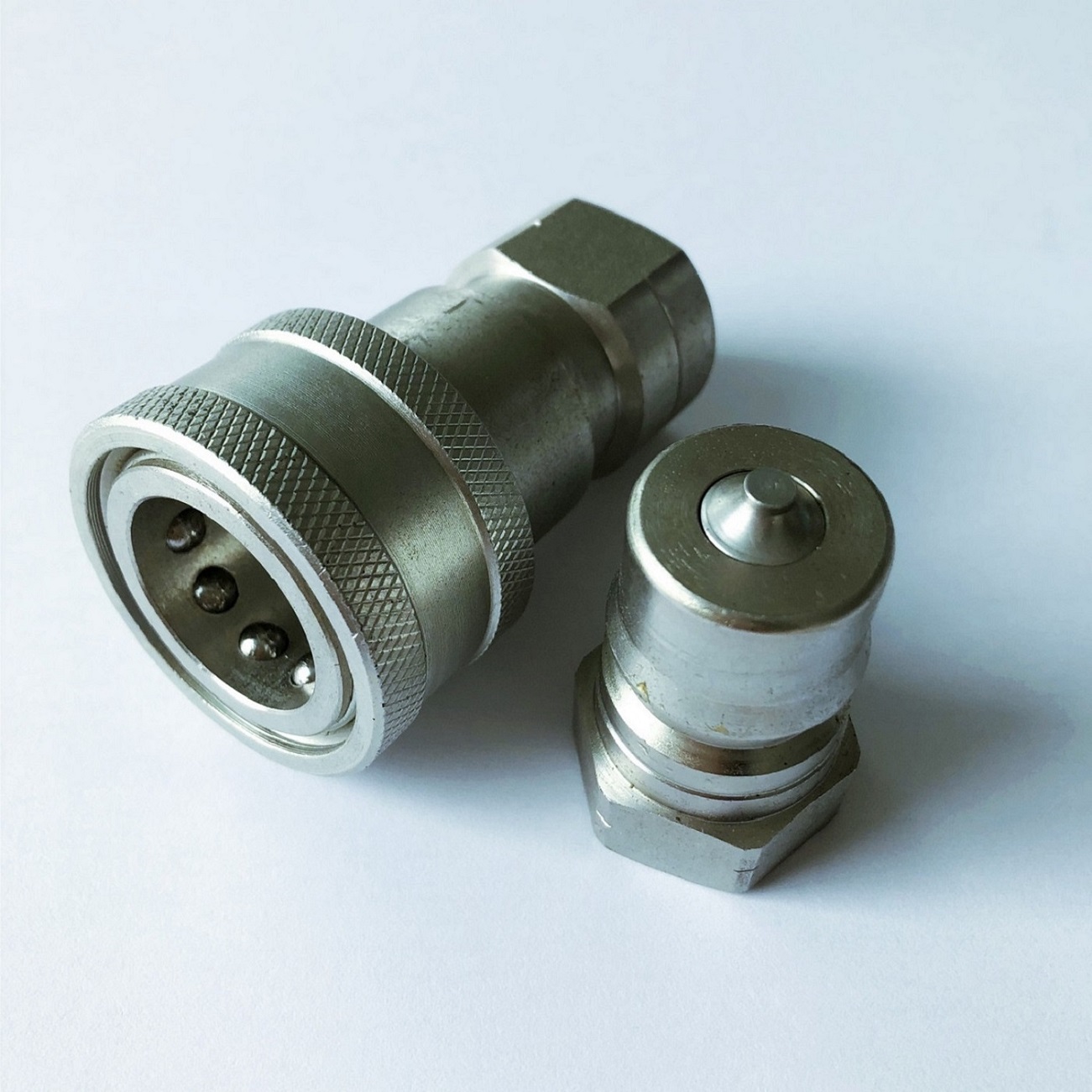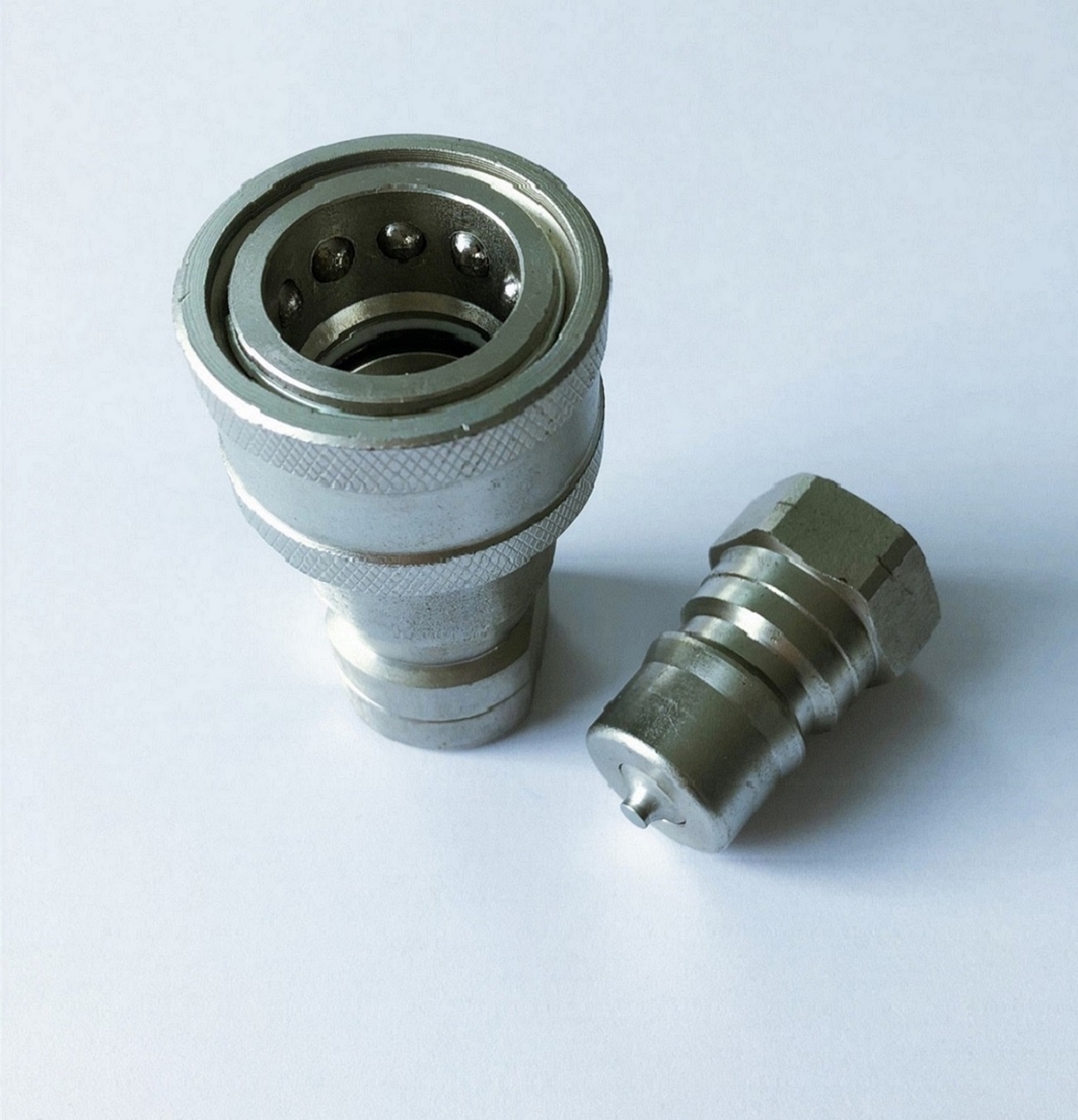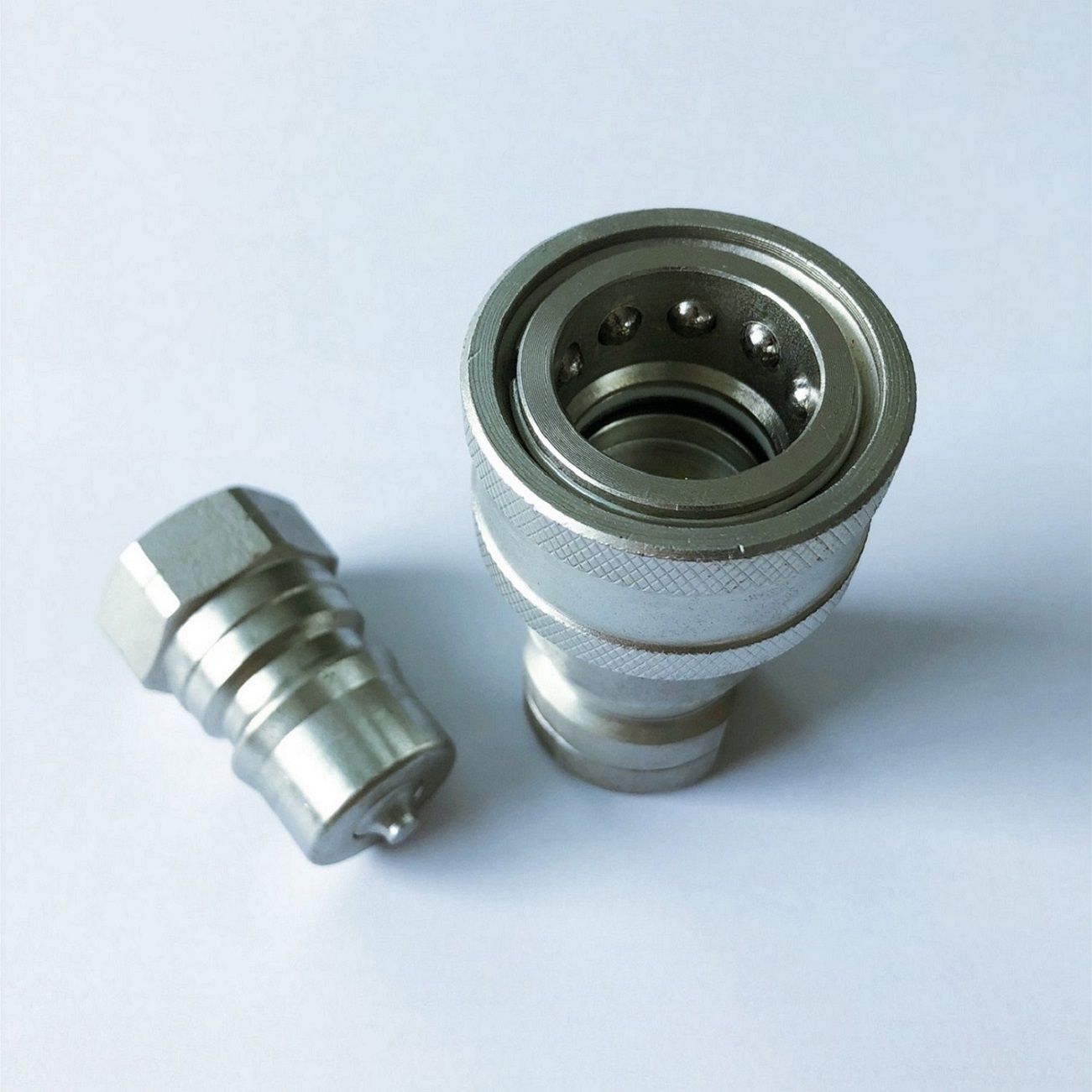Autumn is the best time of year in Beijing. The vast blue sky and white clouds are often visible.
“This time, the air in Beijing is really good. The blue sky and white clouds that have been missing for a long time have been seen again. The air is obviously getting better and better for the past few years. This year is a lot better than last year.†She lives in the Hongmiao Beili, Chaoyang District, Beijing. Zhang Xinhai said the old man.
The September national air quality status just released by the Ministry of Environmental Protection confirms Zhang Xinhai's feelings: In September, the ratio of the standard days of Beijing reached 73.3%, and the average monthly concentration of PM2.5 was 50 micrograms/cubic meter, a decrease of 1/4 year-on-year. .
The annual increase in air quality in Beijing is a microcosm of the effective improvement and protection of China’s ecological environment. During the “Twelfth Five-Year Plan†period, all regions, departments, and communities in the country worked together to focus on air, water, and soil pollution control, declared war on pollution, and achieved remarkable results in ecological and environmental protection.
The system has gradually improved. With the newly revised and implemented "Environmental Protection Act" as a symbol, significant progress has been made in environmental protection legislation and law enforcement. In 2013, environmental protection departments at all levels sent 706 suspected criminal cases to public security agencies in total, more than the past 10 years. In 2014, environmental protection agencies transferred 2,180 suspected environmental crimes to public security organs, which was three times the previous year. Recently, the Party Central Committee and the State Council issued the "Overall Plan for the Reform of the Ecological Civilization System," and made top-level designs to explicitly establish an ecological civilization system consisting of eight systems with clear ownership, multiple participation, incentives and constraints, and a complete system.
Environmental quality has improved. The four main pollutants, namely chemical oxygen demand, ammonia nitrogen, sulfur dioxide, and nitrogen oxide emissions, continued to drop substantially, and the “Twelfth Five-Year Plan†targets were completed six months ahead of schedule. In 2014, the total emissions of the five key heavy metal pollutants (lead, mercury, cadmium, chromium, and metalloid arsenic) fell by one-fifth of 2007. In 2014, the first batch of 74 cities that implemented new ambient air quality standards were PM2. .5 The average concentration fell by 11.1% from 2013. In the first four years of the “Twelfth Five-Year Planâ€, the emission intensity of chemical oxygen demand of China’s industrial added value decreased by 36%, the emission intensity of ammonia per unit of industrial added value decreased by 40%, and the energy consumption per unit of GDP of the country decreased year after year. The cumulative decline was 13.4%.
Ecological protection increased. The total area of ​​various types of nature reserves is 1.47 million square kilometers, accounting for 14.8% of land area, higher than the world average of 12.7%, and 85% of terrestrial ecosystem types and wildlife are effectively protected. China’s endemic giant pandas have been reduced from “endangered†species to “easily endangered†species, and more than 40 mammals in the country have fallen from “extremely endangered†to “endangered†or have been reduced from “endangered†to “easily endangeredâ€. ".
In the country, 16 provinces (autonomous regions and municipalities) including Fujian, Zhejiang, Liaoning, and Tianjin have started the construction of ecological provinces, and more than 1,000 cities (counties, districts) have carried out the construction of ecological cities and counties, and 92 cities, counties (districts) have been It was named National Ecological Construction Demonstration Zone and built 4596 ecological townships.
During the “12th Five-Year Plan†period, China’s environmental protection efforts were unprecedented and rare in the world. Large-scale pollution control facilities were initially completed, pollution control had initial success, and the most severe historical period of pollution was crossed, and positive factors continued to exist. The key period for accumulation is “The key stage for accumulation,†said Wu Yuze, deputy director of the Environmental Planning Institute of the Ministry of Environmental Protection, said that during the “Thirteenth Five-Year Plan†period, it is necessary to accumulate small wins as a major victory on the basis of the “Twelfth Five-Year Plan†and hope to constrain some mechanisms of environmental protection in the long term. Institutional problems have been solved and there has been considerable progress in the “fixing the root cause†in order to provide the public with a sense of practical improvement in the environment.
ISO7241-1B
interchange series Quick Couplings features a rugged ball latch mechanism with automatic self-sealing poppet
valves in a wide array of port configurations and multiple valved and non-valved
configurations. Self-sealing poppet valve design provide excellent high and low
pressure sealing. The Quick Coupling have standard seal material-Buna-N, others
seal options available in PTFE, Neoprene, Fluorocarbon, EPDM, and Kalrez .The Quick Coupling have standard body
material-zinc plated steel with stainless steel springs, balls and retaining
rings.



ISO7241-B Series Quick Coupling
Quick Connect Coupling,Hydraulic Quick Coupler,Hydraulic Coupling,Iso7241 B Series Quick Couplings
XINXIANG PINGYUAN AVIATION HYDRAULIC EQUIPMENTS CO.,LTD , https://www.coupling.pl